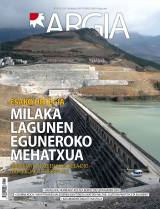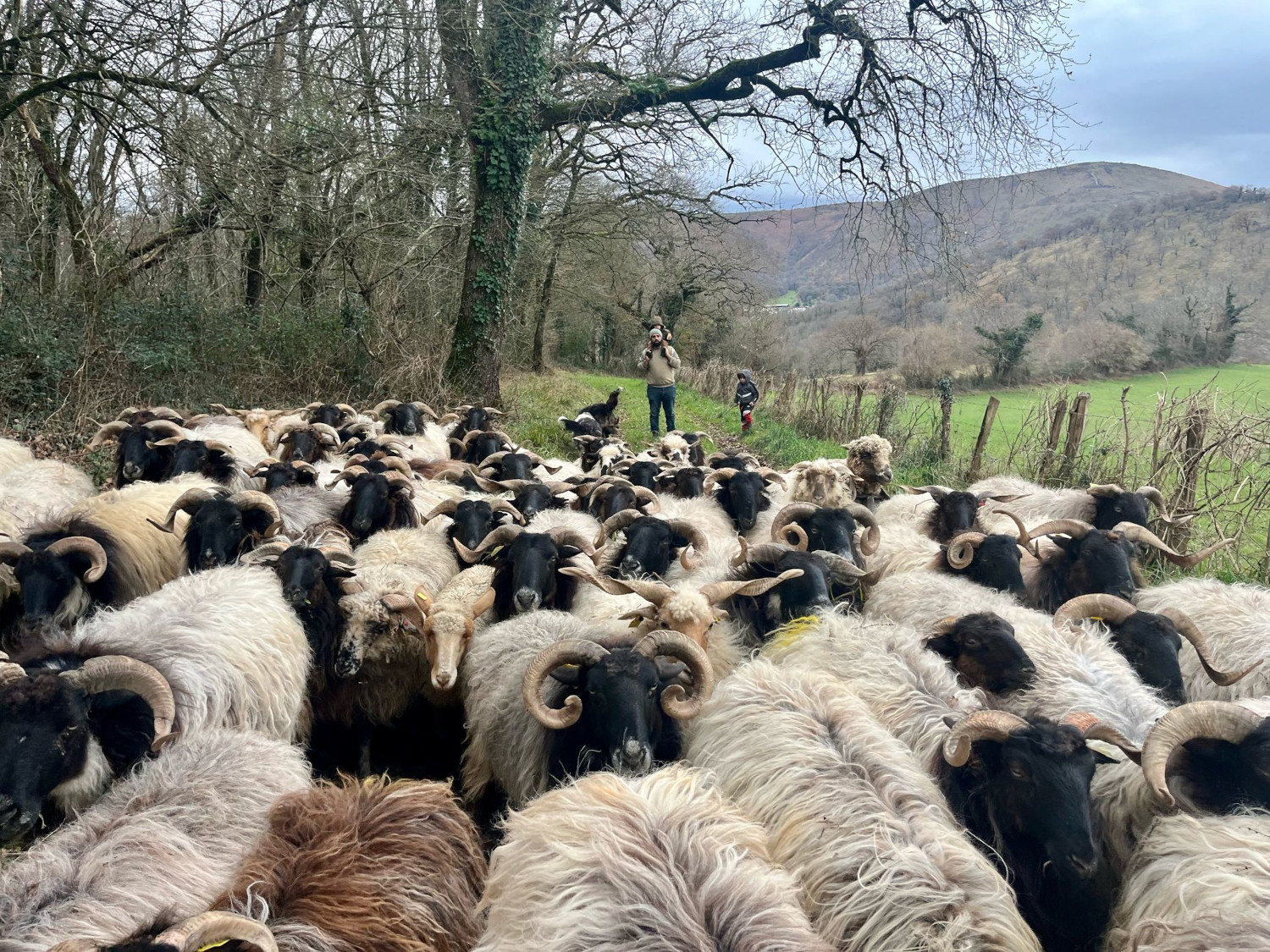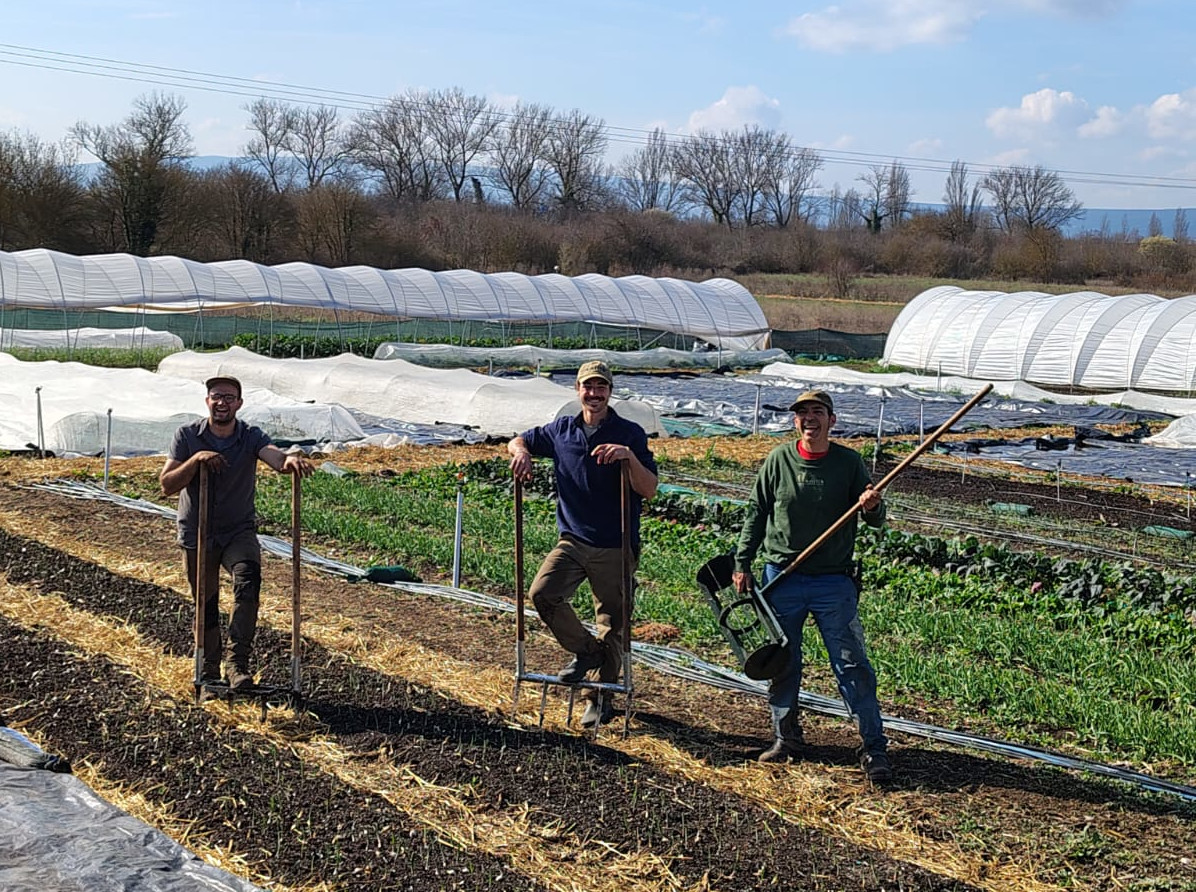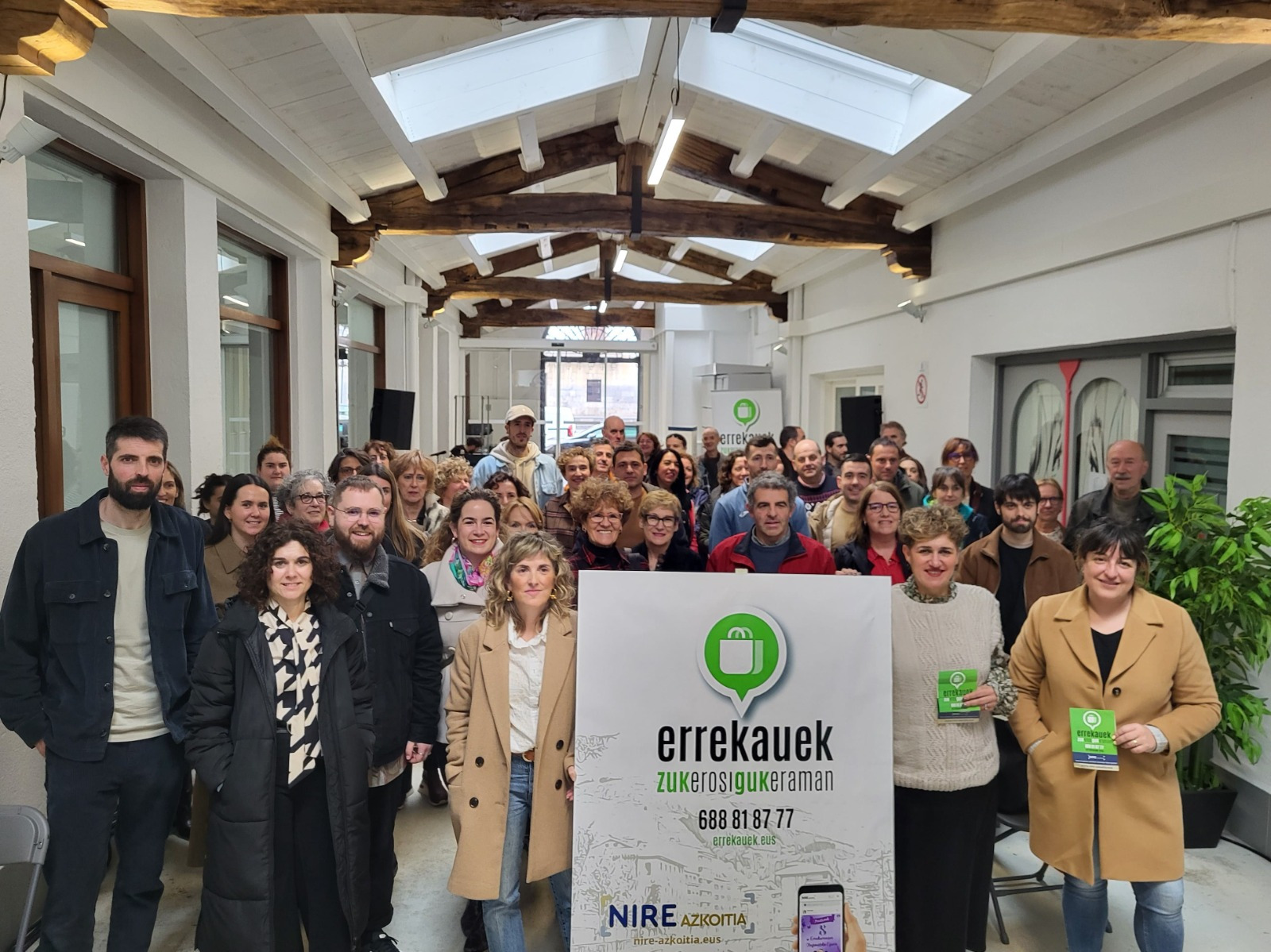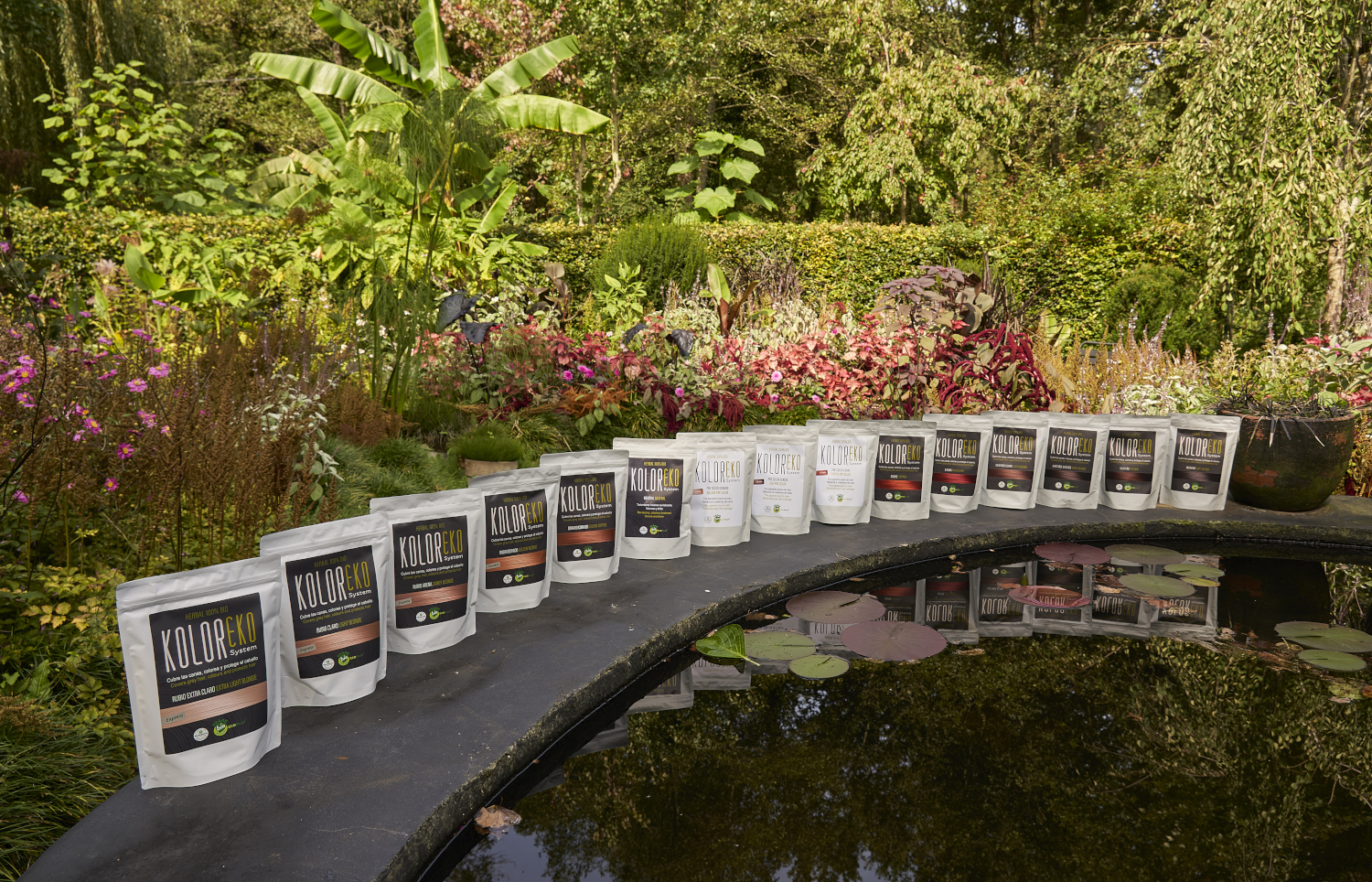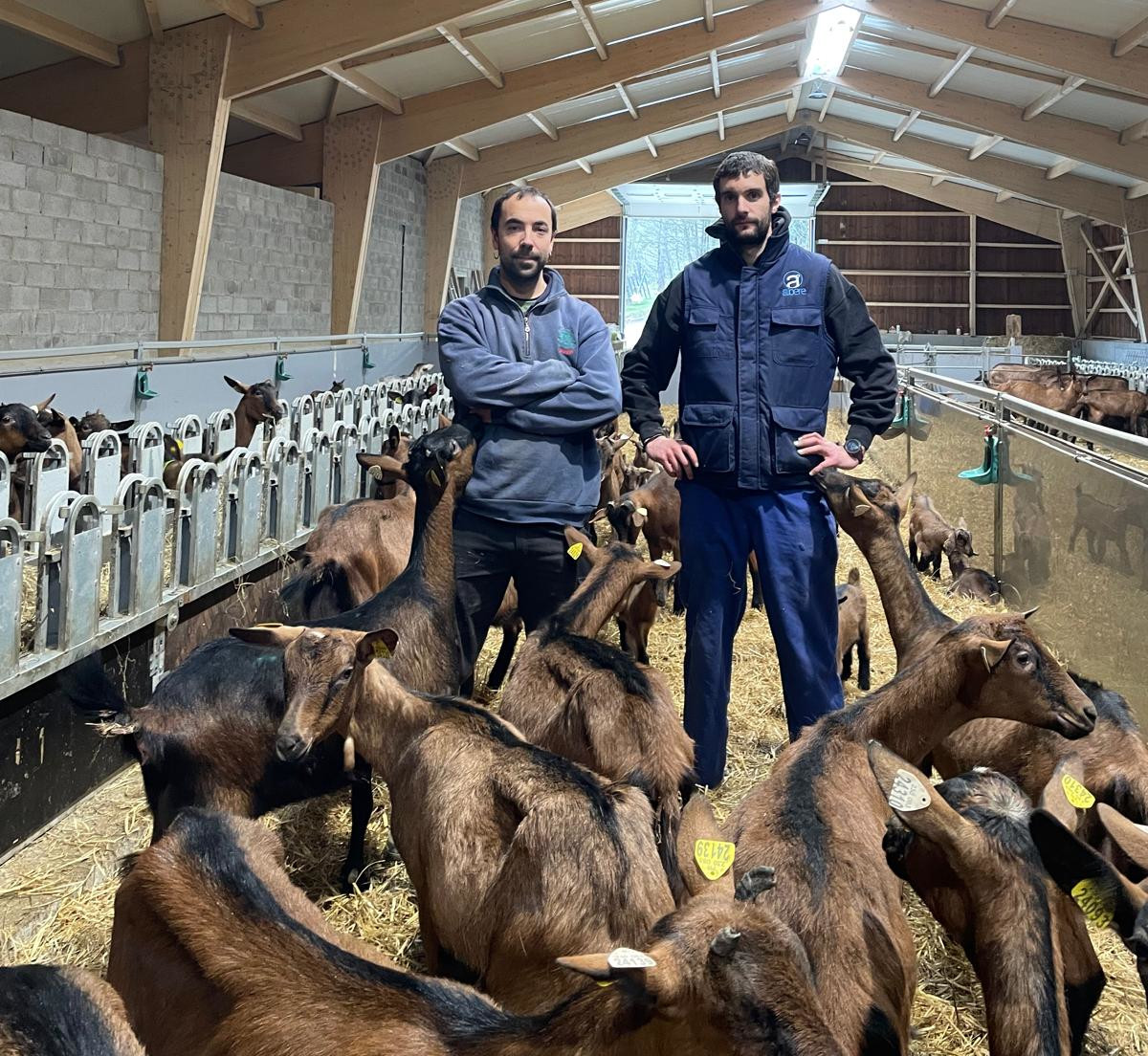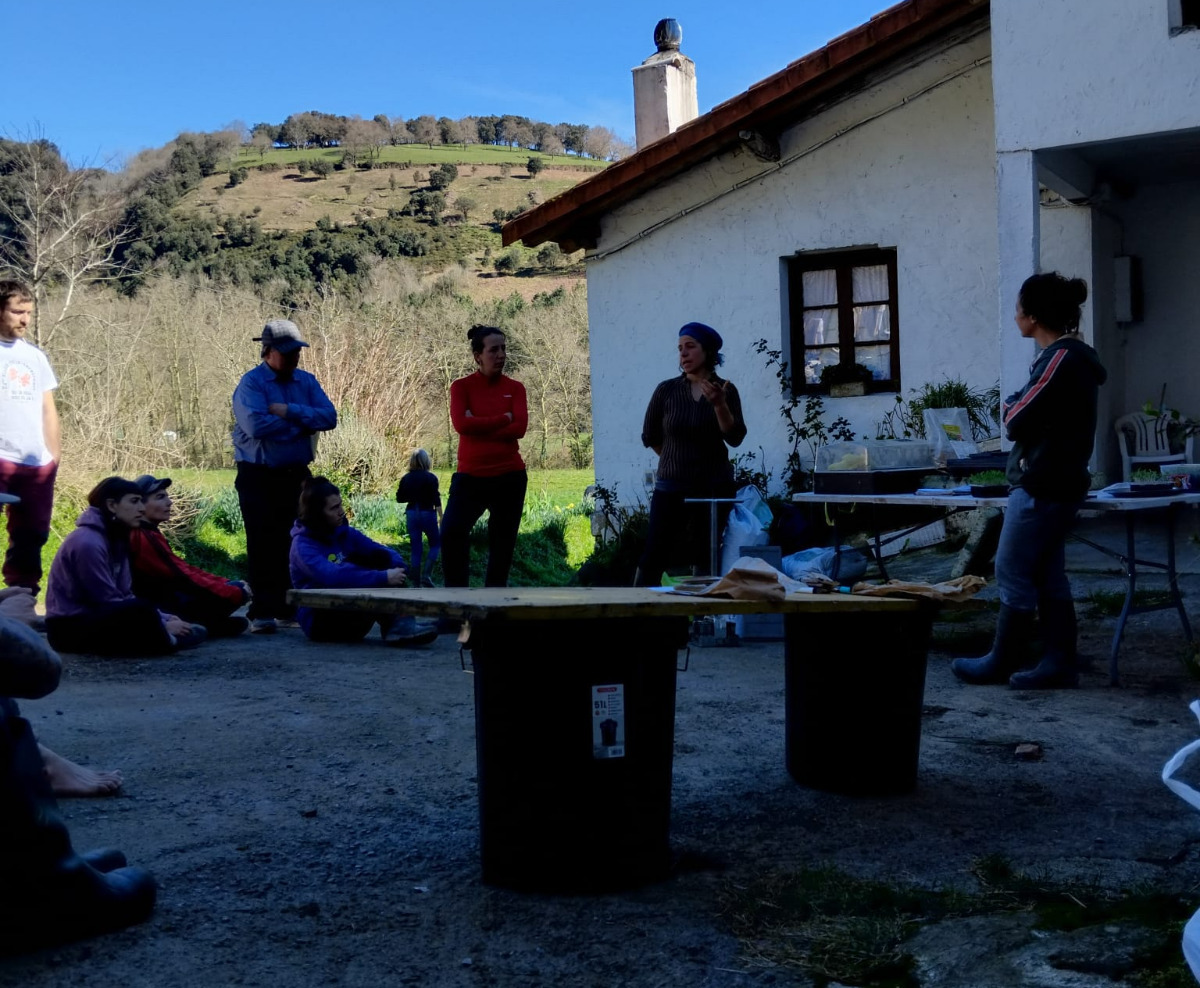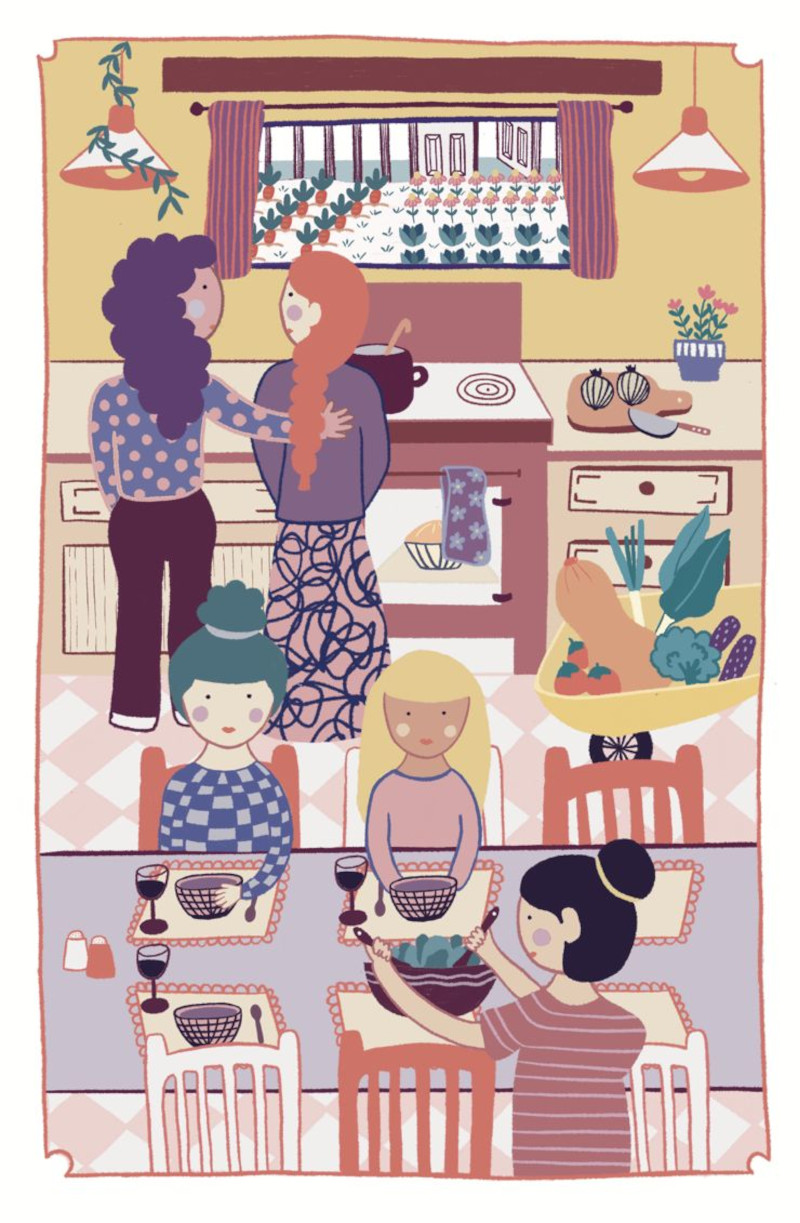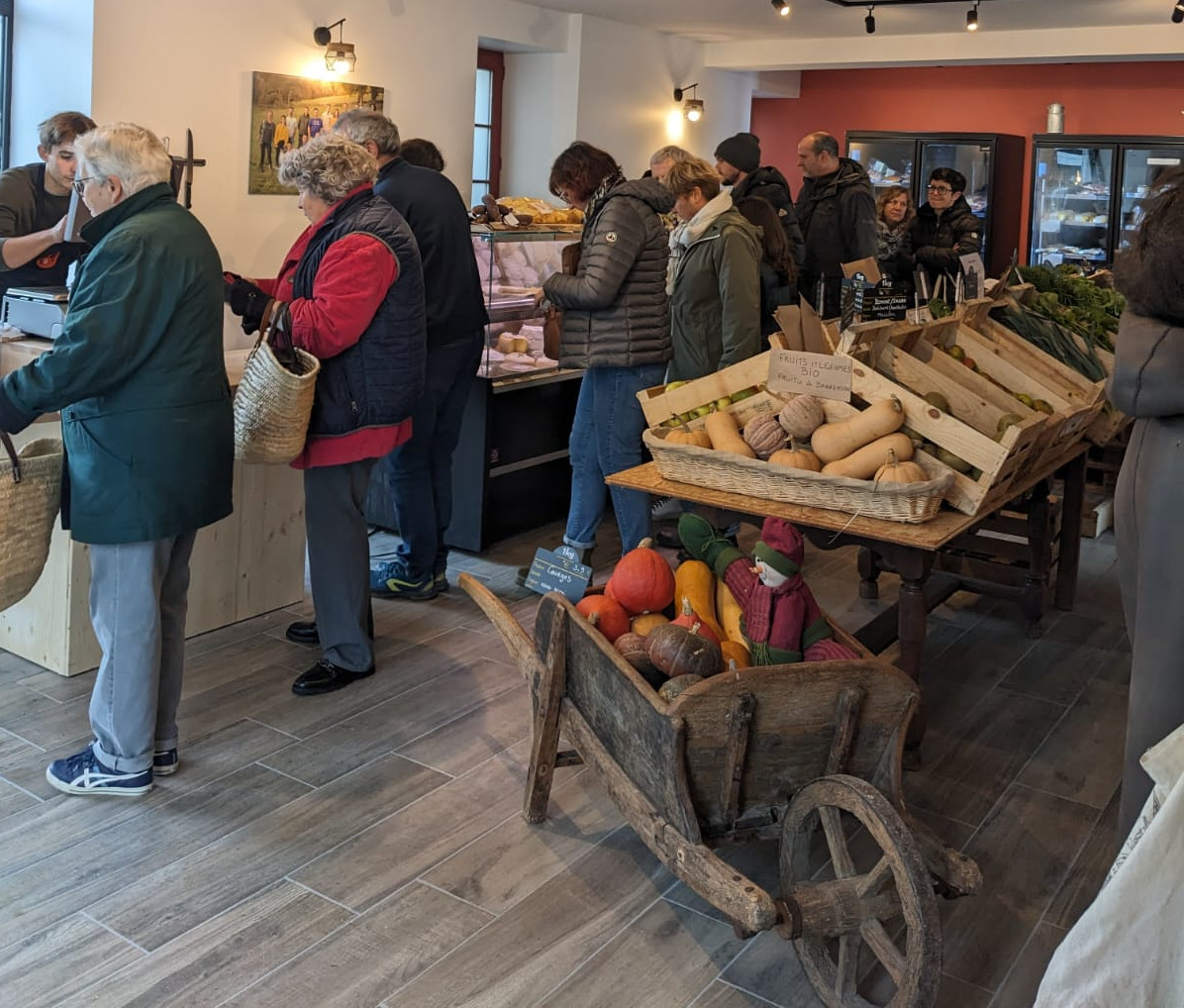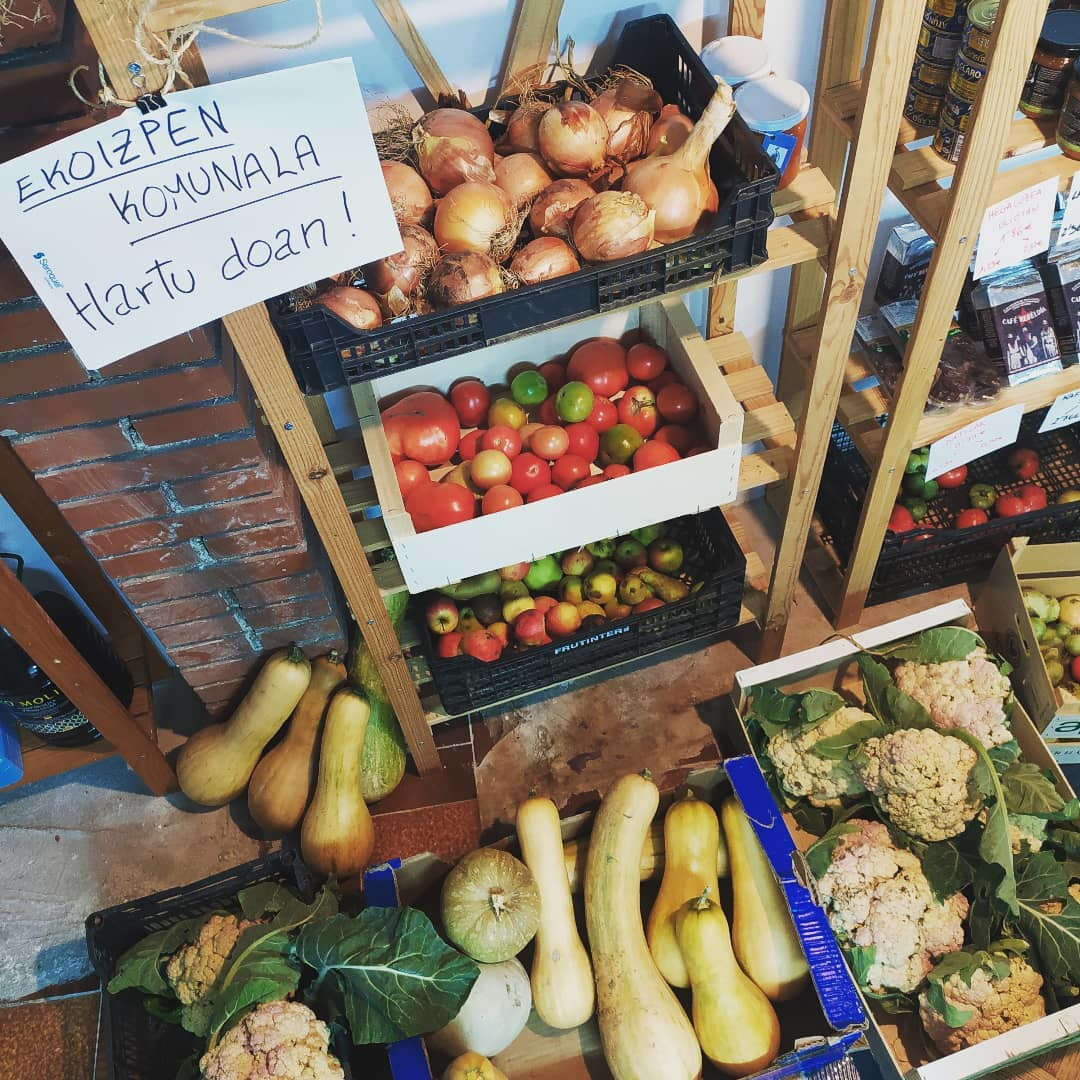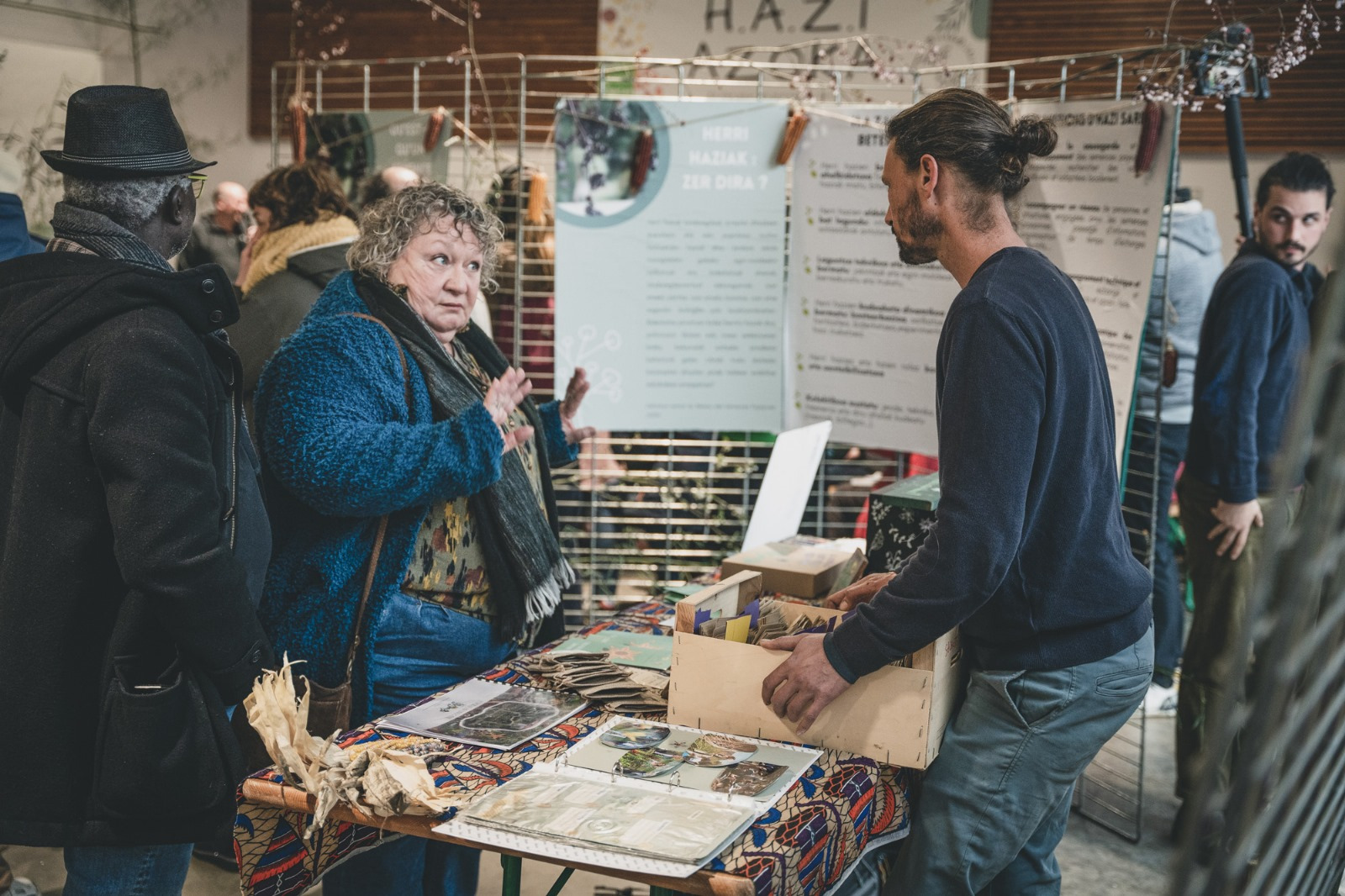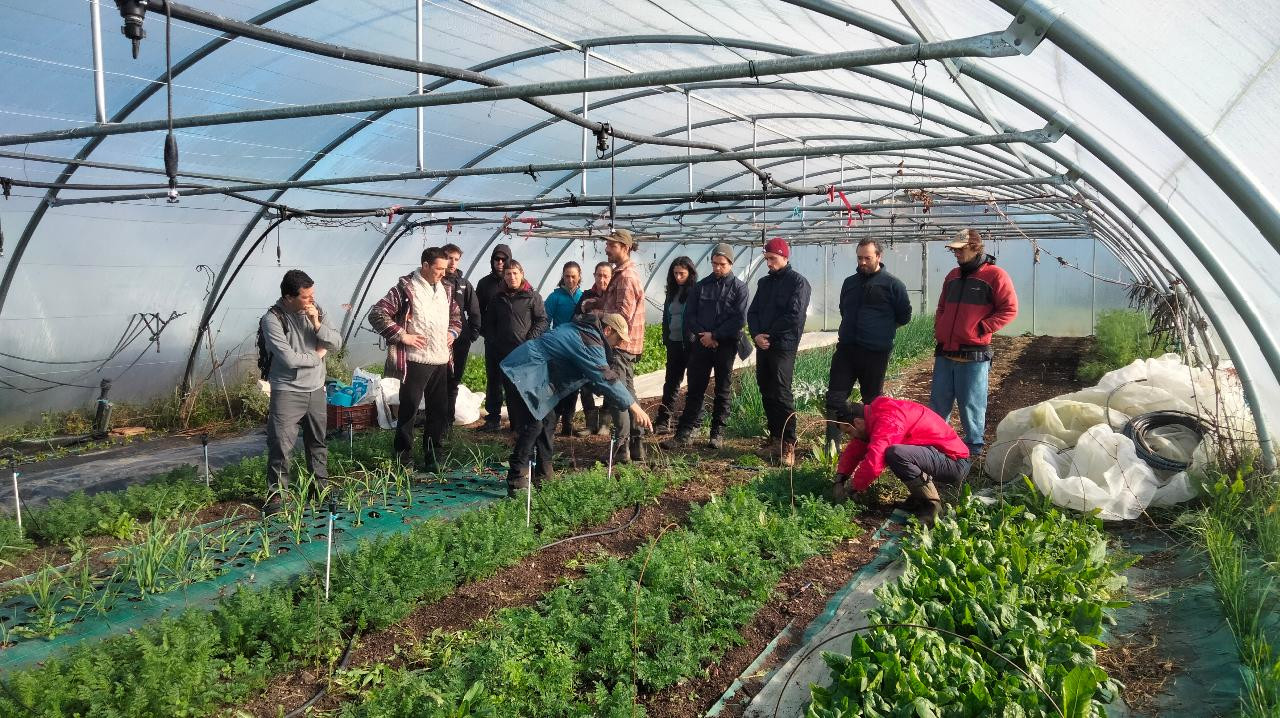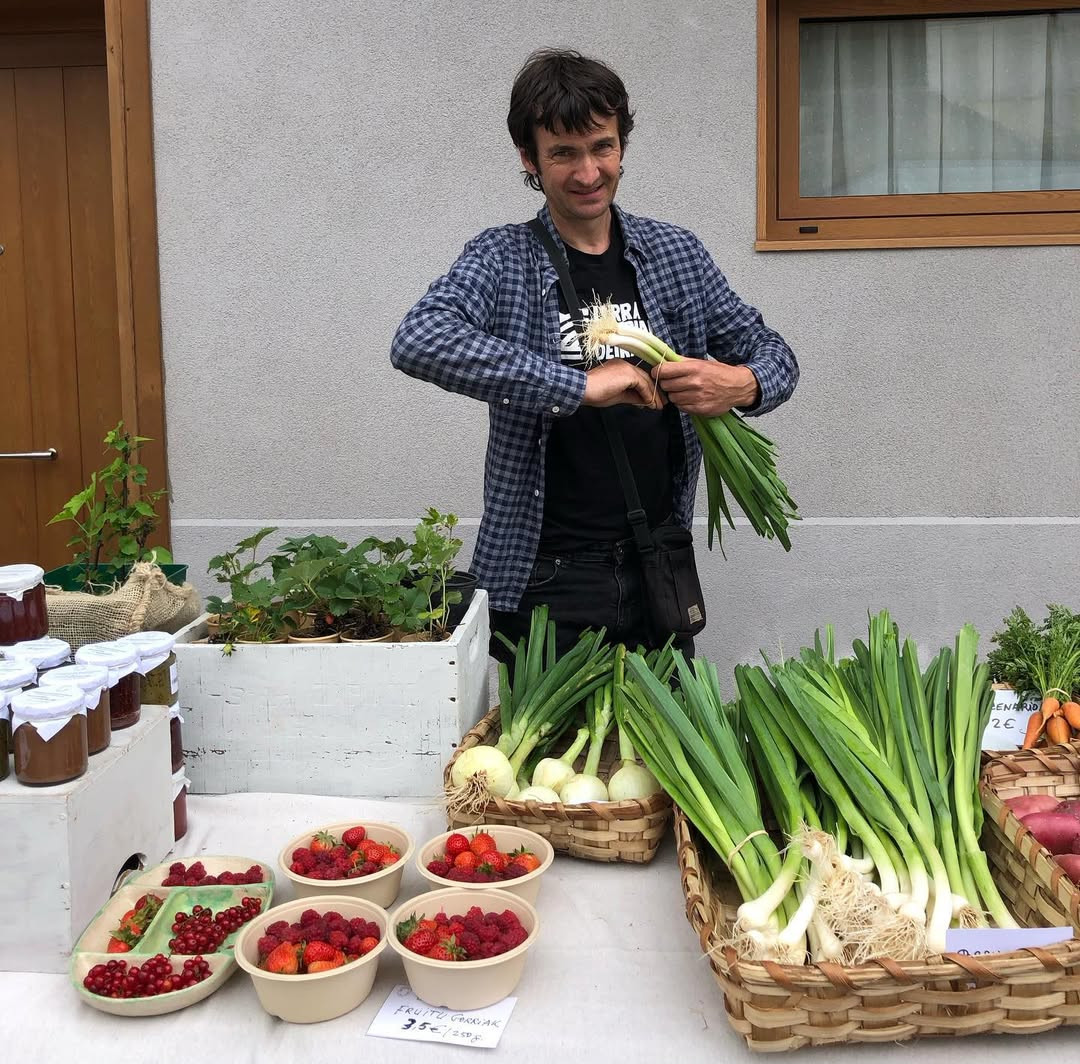Recovering rural lands in Goierri Garaia

What news is there in the rural environment of our peoples? Under the title they have held conferences in September and October in seven localities of Goierri Garaia. Environmental advice Environalia21, with the support of municipalities and the Provincial Council of Gipuzkoa, and coordinated by the Rural Development Association of Goimen, has analyzed the situation of rural lands and agriculture in the region. “Work has been done to analyse the role of agriculture in our society, the situation of our lands or the food autonomy of our peoples,” explains Manex Aranburu, a Goimene technician.
Rural lands below their capacity and without much use
Land has been classified according to its use: horticultural, fruit, forestry or livestock farmers. The region occupies an area of 11,000 hectares and 95% is rural. But hardland and cropland fields occupy a very small part. Why? Well, many lands are privately owned and not cultivated by their owners. “It is the first time in history that we have natural resources, such as land, that we have not put them into action, without making use of them,” says Aranburu.
Many of them are inherited lands that have no intention of selling their owners. “We are working on raising awareness. We have held conferences related to the social function of the land in the region, to make known to the citizens the impact of the landscape, the land and what we do with the land”.
Meanwhile, demand for local food is growing
With the “Firsthand” project already underway in the region, they observed that consumption habits of local products of the population and seasonal produce were increasing. However, Goimene's technician has explained to us that it is difficult to respond to this growing demand, as many young people who want to start farming have difficulty accessing land.
That is why the key is to look for new formulas between owners and people who want to live in the farmhouse, such as, in the opinion of the technician, to come to leasing agreements. “In recent years the trend of agriculture has been decreasing and if we do not do anything we will find ourselves in a scenario where there is a lot of free, abandoned land,” he says. The idea is to anticipate this situation, and to this end all parties will have to work: owners, farmers, consumers, agricultural organisations or institutions.
Duela lau urte abiatu zuten Azpeitian Enkarguk proiektua, Udalaren, Urkome Landa Garapen Elkartearen eta Azpeitiako eta Gipuzkoako merkatari txikien elkarteen artean. “Orain proiektua bigarren fasera eraman dugu, eta Azkoitian sortu dugu antzeko egitasmoa, bere izenarekin:... [+]
Donostiako Amara auzoko Izko ileapaindegi ekologikoak 40 urte bete berri ditu. Familia-enpresa txikia da, eta hasieratik izan zuten sortzaileek ile-apainketan erabiltzen ziren produktuekiko kezka. “Erabiltzaileen azalarentzat oso bortzitzak dira produktu gehienak, baina... [+]
Ubidekoak (Bizkaia) dira Imanol Iturriotz eta Aritz Bengoa gazteak. “Lagunak gara txikitatik, eta beti izan dugu buruan abeltzaintza proiektu bat martxan jartzeko ideia”, azaldu du Iturriotzek. Nekazaritzari lotutako ikasketak izan ez arren, baserri munduarekin eta... [+]
Iruñean bizi ziren Iñaki Zoko Lamarka eta Andoni Arizkuren Eseberri gazteak, baina familiaren herriarekin, Otsagabiarekin, lotura estua zuten biek betidanik. “Lehen, asteburuetan eta udan etortzen ginen eta duela urte batzuk bizitzera etorri ginen”, dio... [+]
Gipuzkoako hamaika txokotatik gerturatutako hamarka lagun elkartu ziren otsailaren 23an Amillubiko lehen auzo(p)lanera. Biolur elkarteak bultzatutako proiektu kolektiboa da Amillubi, agroekologian sakontzeko eta Gipuzkoako etorkizuneko elikadura erronkei heltzeko asmoz Zestoako... [+]
Emakume bakoitzaren errelatotik abiatuta, lurrari eta elikadurari buruzko jakituria kolektibizatu eta sukaldeko iruditegia irauli nahi ditu Ziminttere proiektuak, mahai baten bueltan, sukaldean bertan eta elikagaiak eskutan darabiltzaten bitartean.







